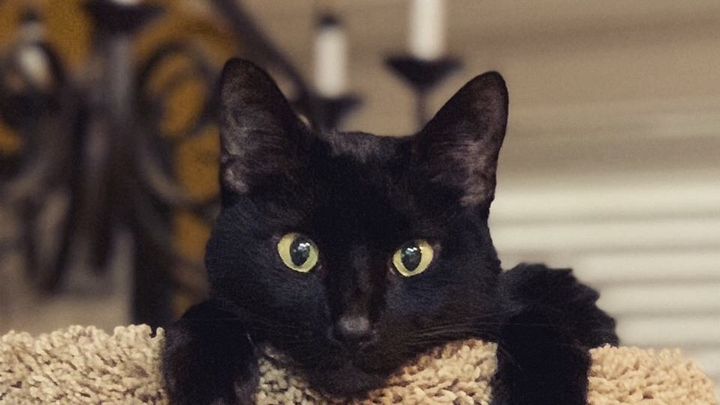
Medical Bills for Jinx
I woke up to Jinx struggling to breath and foaming/drooling at the mouth on February 26. I took him to the vet where he was put on oxygen and given an IV. The vet determined that he was suffering from
Pneumothorax.
She performed a thoracentesis and got him stabilized. After she stabilized Jinx, I took him to a 24 hour vet where they could monitor him for a reoccurrence. The 24 hour clinic did have to put him back on oxygen and perform another thoracentesis on the 26th. Jinx was kept, again, overnight on the 27th for observation.
On the morning of the 28th the doctor at the 24 hour vet called and said that while Jinx was not getting any worse, he was not getting any better since the leak in his lung was not sealing. He went on to further explain, that they had reached the limit of what they were able to do for Jinx. He told me that they would have to keep performing thoracentesises in order to remove the air from Jinx’s chest cavity.
This is a procedure that removes air that has leaked from the lung(s) into the chest cavity creating pressure on the internal organs and causing the lung(s) with a leak to collapse. It is done with a needle that sucks the air out of the chest cavity to reduce the pressure.
He told me that Jinx would need a chest tube in order to aspirate the air from the chest cavity faster and safer than multiple thoracentesises.
He referred me to the veterinary hospital at LSU and prepared Jinx for transport so I could take him the hour and a half to the hospital. When the process began on the 26th, Cara and I, were prepared for a total cost of treatment to be about $2500 based on our online research of pneumothorax and the treatment of it.
Upon arrival at LSU the estimate for Jinx to have the chest tube installed and be monitored through the weekend was an additional $4000 on top of the $1800 already paid. This brought our total to $5800. The estimate will cover his stay through March 2. It may, or may not, cover all or part of the imaging costs that will be done on the 2nd. The imaging will be done to try to determine the cause of Jinx’s pneumothorax and see if the leak will be able to seal on its own.If surgery is required, then we will be looking at a much, much larger bill.
As of February 28, Jinx has had his chest tube installed as is breathing without the aid of being in an oxygen box. There is negative pressure in his chest cavity meaning there is minimal pressure on the lungs at this time .
Pneumothorax is defined as a collection of air or gas in the space surrounding the lungs. Pneumothorax may result from chest trauma, excessive pressure on the lungs, or underlying lung disease (asthma, chronic obstructive pulmonary disease, etc.). In some cases, the cause is never discovered. The air surrounding the lungs doesn’t allow the lungs to inflate normally, so dogs and cats with pneumothorax can have difficulty breathing (dyspnea), increased respiratory rate, exercise intolerance, chest pain, cyanosis, collapsed lungs, etc. If only a tiny bit of air gets inside the chest cavity, it can be resorbed and the pet can heal without medical help. But if there is a lot of air in the chest cavity, it must be removed medically. If severe cases are left untreated, the pneumothorax can be fatal.
Types Of Pneumothorax
The three forms of pneumothorax are:
A hole in the chest wall that allows air inside the open chest cavity
The chest wall doesn’t have a hole, but there’s a hole in the lungs, bronchi, trachea, or esophagus
A rip in the pleura (the membrane in the lungs) that acts like a one-way valve (lets air in, but doesn’t let air exit).





